Hotsu bodaishin: Arousing the mind of awakening
Hotsu bodaishin (発菩提心), translated as “arousing the mind of awakening”, refers to a foundational moment in Mahāyāna Buddhism where the practitioner generates the aspiration for enlightenment, not only for their own liberation but for the benefit of all sentient beings. In Zen, this vow is not merely the beginning of the path but is continually renewed and reinterpreted. Unlike other Zen terms that emphasize detachment, spontaneity, or equanimity, hotsu bodaishin centers on intentionality — a declaration of purpose grounded in compassion and insight.

The kanji 発菩提心, which reads hotsu bodaishin in Japanese, literally means “arousing the mind of awakening”. The first character, 発 (hotsu), means “to generate” or “to arouse”. The second character, 菩提 (bodai), means “awakening” or “enlightenment”. The third character, 心 (shin), means “mind” or “heart-mind”. Together, they convey the idea of generating the aspiration for enlightenment.
Etymology and doctrinal roots
The expression is composed of three elements: 発 (hotsu, “to generate” or “to arouse”), 菩提 (bodai, “awakening” or “enlightenment”), and 心 (shin, “mind” or “heart-mind”). Thus, hotsu bodaishin literally means “to generate the awakening mind”. This concept corresponds directly to the Sanskrit term bodhicitta, which plays a central role in Mahāyāna scriptures and practice.
In classical Mahāyāna texts such as the Avataṃsaka Sūtra and the Bodhisattvabhūmi, the arousing of bodhicitta is what marks the transition from a practitioner focused solely on personal liberation (śrāvaka or pratyekabuddha paths) to one who enters the Bodhisattva path — a path defined by boundless compassion, wisdom, and the vow to lead all beings to awakening.
Hotsu bodaishin in Zen
Although Zen is often viewed as non-verbal, iconoclastic, and apophatic, it never abandons this central Mahāyāna motivation. Zen monks recite the Four Bodhisattva Vows daily, reaffirming their aspiration to help all beings, cut through delusions, master the Dharma, and embody the path. This liturgical act expresses hotsu bodaishin not as a one-time event but as an ever-renewing gesture of orientation.
In practice, hotsu bodaishin is not limited to grand altruistic sentiment. It manifests in how one shows up in practice: with sincerity, with responsibility for the world, and with a willingness to face discomfort without retreat. Arousing the mind of awakening also means recognizing that personal liberation is inseparable from relational and communal entanglements. This reflects Zen’s emphasis on interdependence (engi) and non-duality.
Even the seemingly austere practice of zazen can be understood as an expression of hotsu bodaishin. As Dōgen notes in Shōbōgenzō, true sitting is the enactment of enlightenment itself — meaning that to sit in stillness and clarity is not to withdraw from the world, but to offer oneself completely to it.
Philosophical significance and comparison
In terms of Buddhist philosophy, hotsu bodaishin bridges ethical intent with metaphysical insight. It integrates wisdom (prajñā) and compassion (karuṇā) in a single gesture: the understanding that all beings are empty of self yet inseparably intertwined. This duality, central to Mahāyāna, is embedded in the aspiration itself.
Compared to early Buddhist formulations, which emphasize individual liberation through ethical conduct, concentration, and insight, hotsu bodaishin introduces a relational dimension that reorients the path. The practitioner’s effort is no longer for the self alone but unfolds as part of a shared world. Importantly, Zen does not treat this as an abstract duty; instead, it is embodied in everyday gestures — sweeping a floor, preparing food, listening attentively — as forms of selfless practice.
In contrast to Western philosophical traditions that often separate reason from ethics or the individual from society, hotsu bodaishin proposes a model where the deepest realization of reality necessarily includes the transformation of how one relates to others. Enlightenment, in this view, is not personal attainment but relational enactment.
Conclusion
Hotsu bodaishin encapsulates a fundamental Zen perspective: that genuine awakening cannot be separated from an active, responsible relationship to others and to the conditions of the world. It highlights that enlightenment is not achieved through retreat or personal transcendence, but through grounded, compassionate engagement. By affirming the relational nature of realization, hotsu bodaishin critically expands Buddhist practice beyond purely individualistic aims, situating it within a continuous ethical and existential context. This principle ensures that Zen maintains an integrated vision where wisdom and compassion are not separate ideals but mutually reinforcing aspects of a life of non-clinging and attentive presence.
References and further reading
- Oliver Bottini, Das große O.-W.-Barth-Buch des Zen, 2002, Barth im Scherz-Verl, ISBN: 9783502611042
- Heinrich Dumoulin, Geschichte des Zen-Buddhismus, Band 1+2, 2019, 2., durchgesehene und erweiterte Auflage, Francke A. Verlag, ISBN: 9783772085161
- Hans-Günter Wagner, Buddhismus in China: Von den Anfängen bis in die Gegenwart, 2020, Matthes & Seitz Berlin, ISBN: 978-3957578440
- Jr. Buswell, Robert E., Jr. Lopez, Donald S., Juhn Ahn, J. Wayne Bass, William Chu, The Princeton dictionary of Buddhism, 2014, Princeton University Press, ISBN: 978-0-691-15786-3
- Werner Lind, Budō – Der geistige Weg der Kampfkünste, 2007, Nikol, Gebundene Ausgabe, ISBN-10: 393787254X
- Werner Lind, Lexikon der Kampfkünste, 2001, Penguin, ISBN-13: 978-3328008989
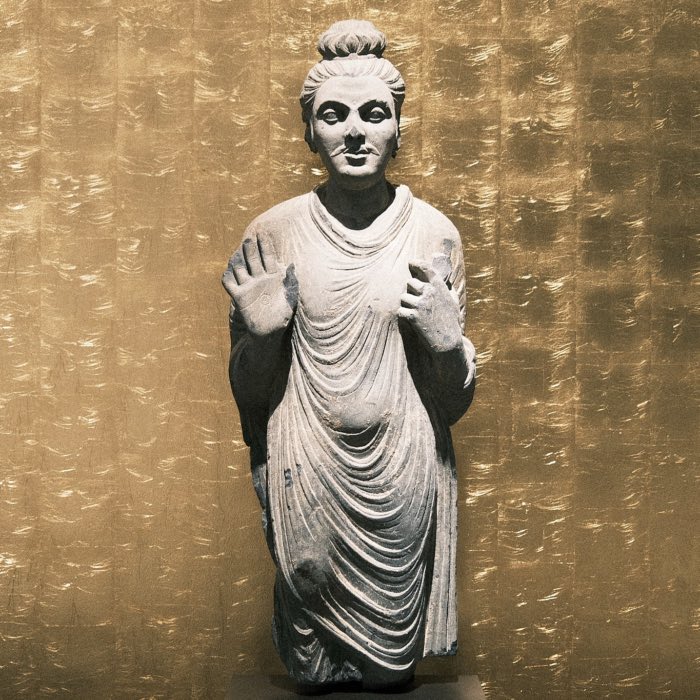

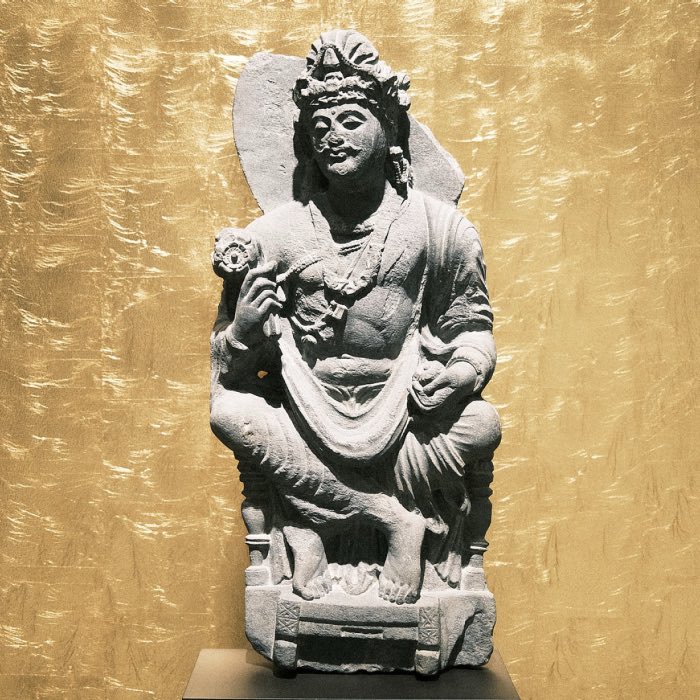

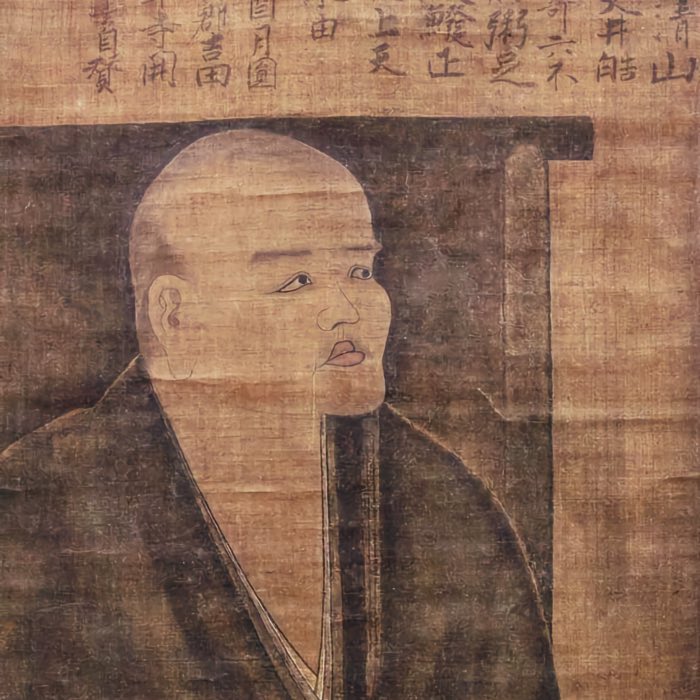
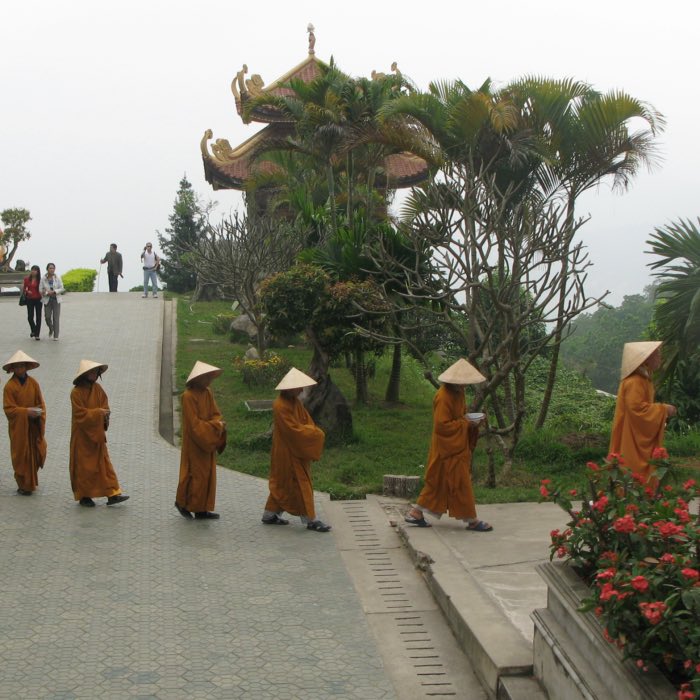
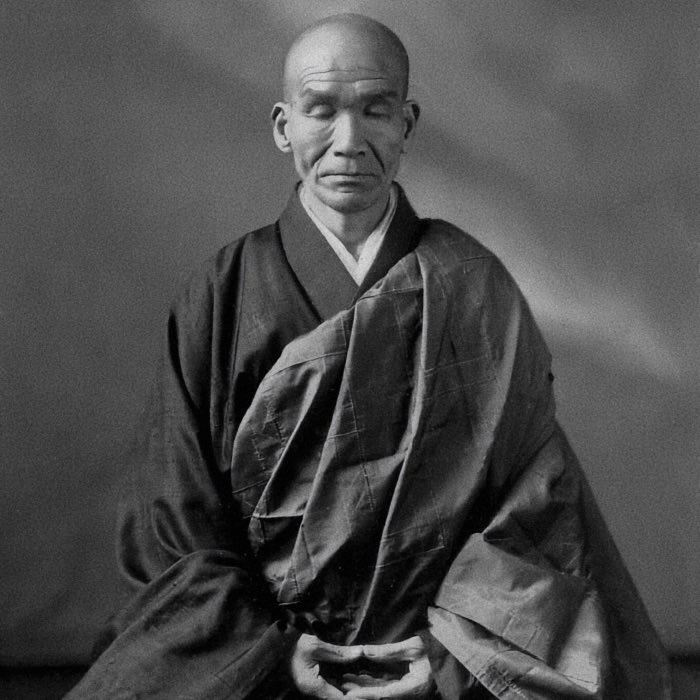





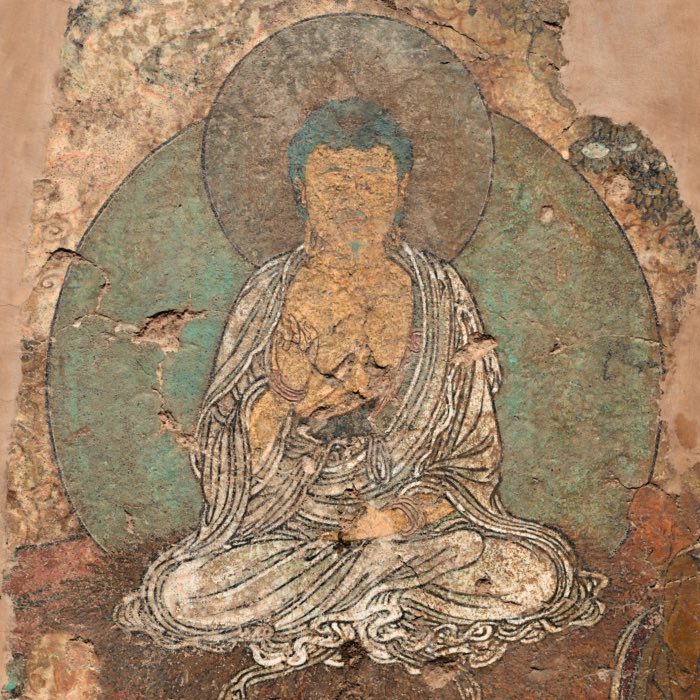
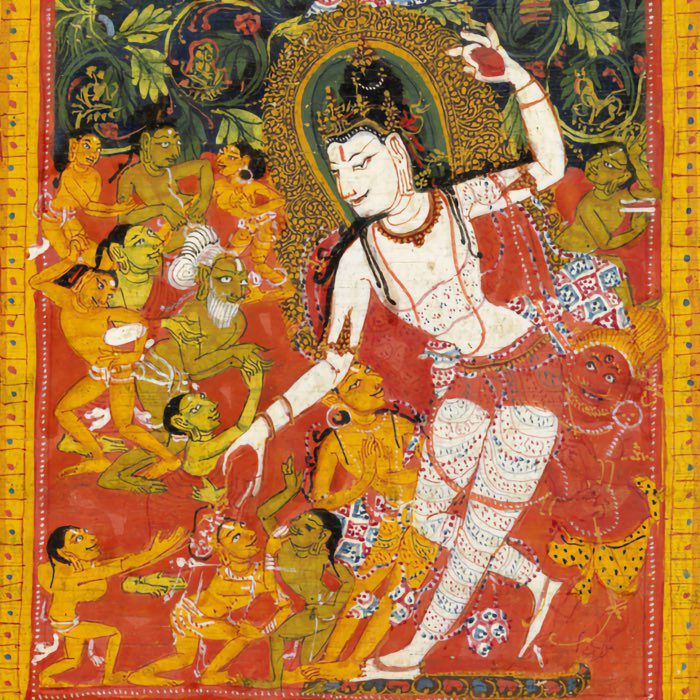
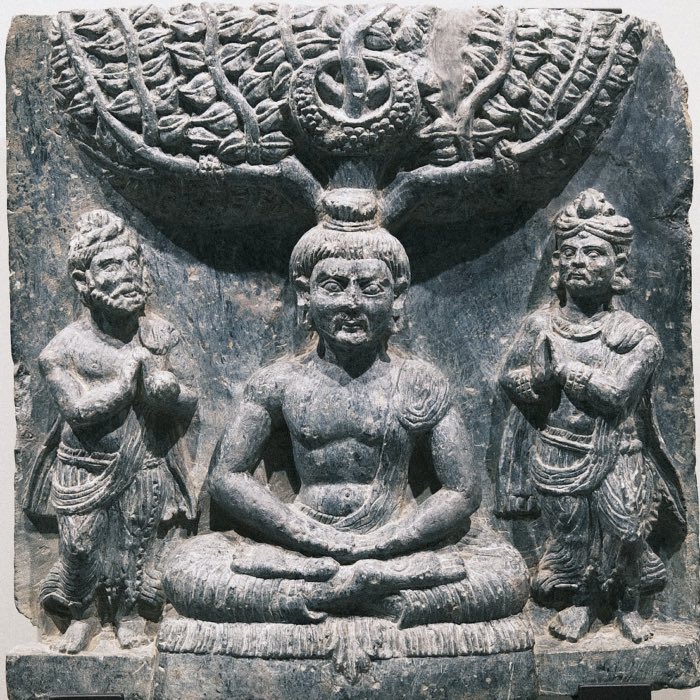
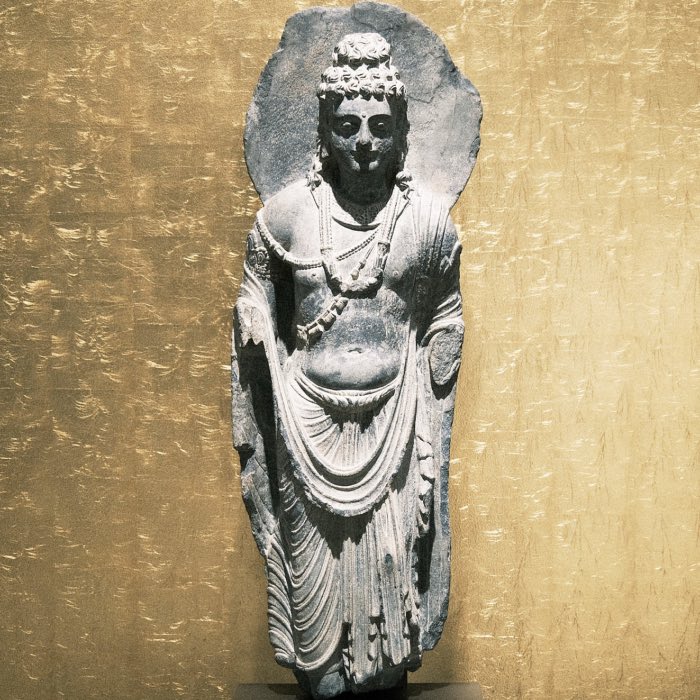


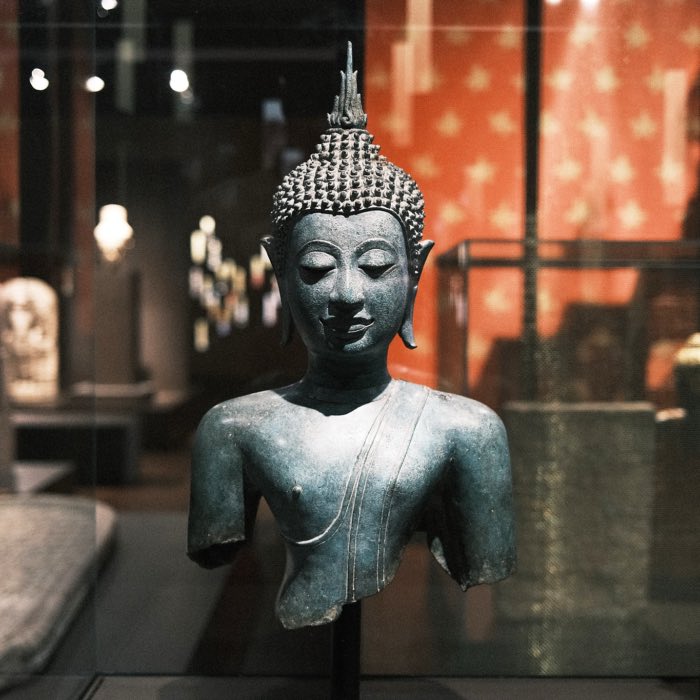
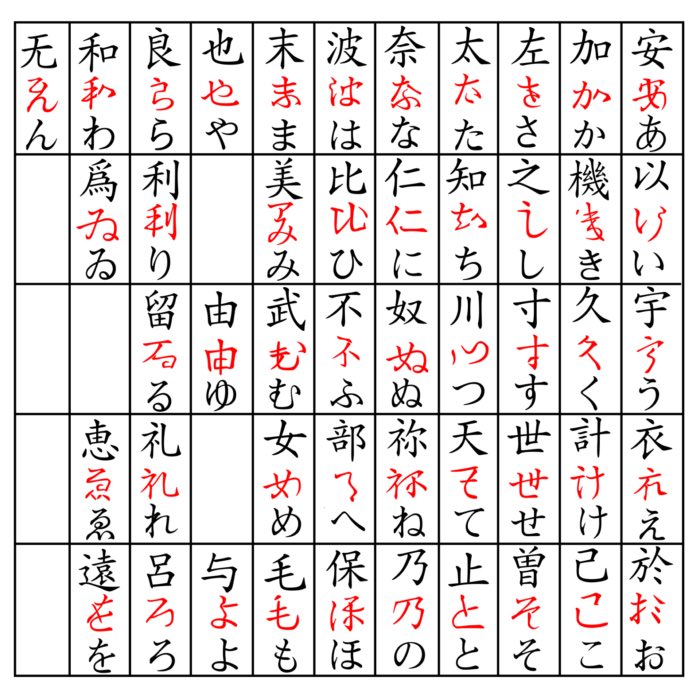









comments